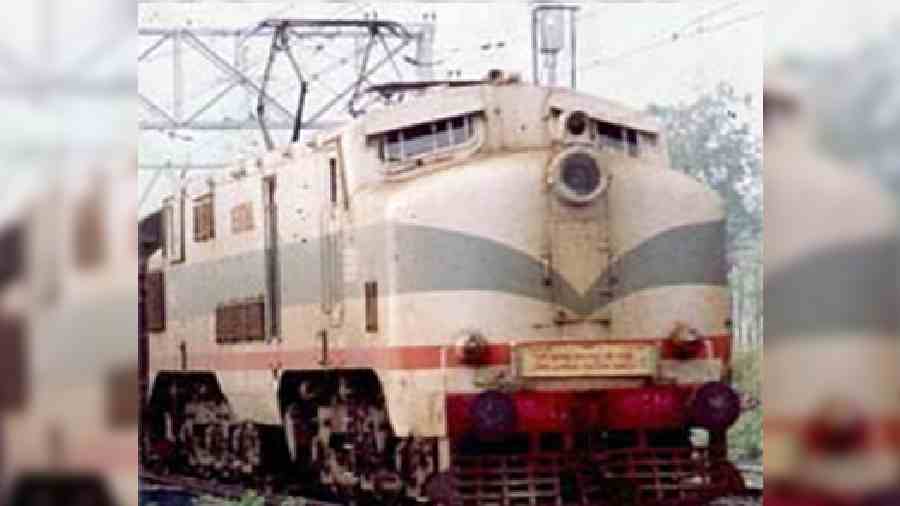The production of steam locomotives commenced on January 26, 1950, at Chittaranjan Locomotive Works, located in Asansol. In 2020, it was recognised as the largest locomotive manufacturing unit in the world. It was one of the major infrastructure projects conceived in independent India, part of the dream of building a new nation.
A committee consisting of M/s Humphries and Shrinivasan was created in the late 1930s to consider the possibilities of establishing locomotive manufacturing facilities in India, according to the website of Chittaranjan Locomotive Works. The initial project at Chandmari, east of Kalyani, was abandoned due to the fallout of Partition. A new survey identified the present location of Chittaranjan and this was approved by the railway board in 1947. A survey of the proposed area began on January 9, 1948. The rocky soil proved to be an advantage to set up the required structural foundations and the undulating terrain addressed the problem of drainage for the township, the website adds. The Damodar Valley Corporation (DVC) envisaged hydro-electric and thermal power stations in the area to assure availability of adequate power for the project.
In 1950, the locomotive project was launched as Loco Building Works to produce 120 average-sized steam locomotives. It had the additional capacity to manufacture 50 spare boilers. Production of steam locomotives started on January 26, 1950.
Rajendra Prasad, the first President of India, dedicated the first steam locomotive to the nation on November 1, 1950. On that day Loco Building Works was renamed as Chittaranjan Locomotive Works after freedom fighter Deshbandhu Chittaranjan Das and the nearby Mihijam station was renamed Chittaranjan.
